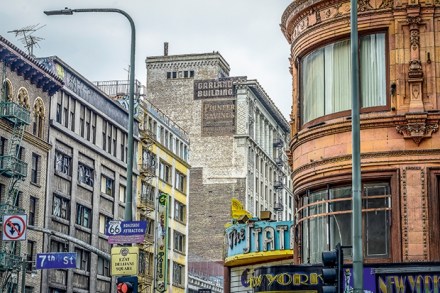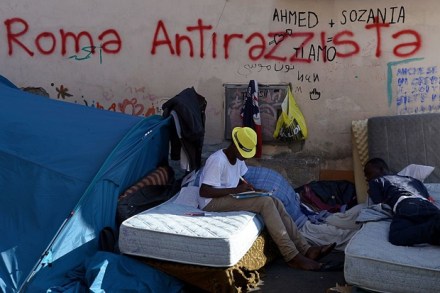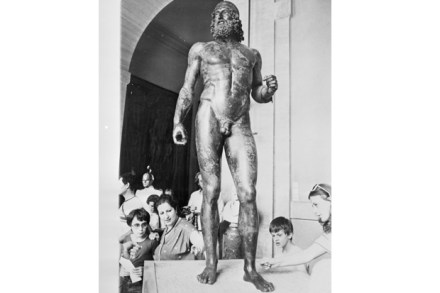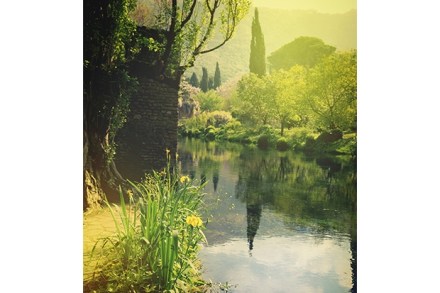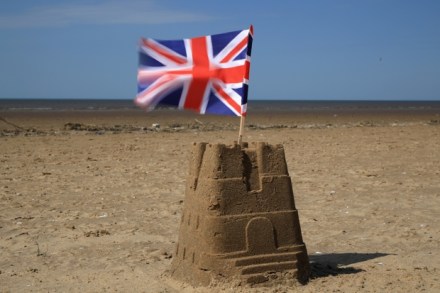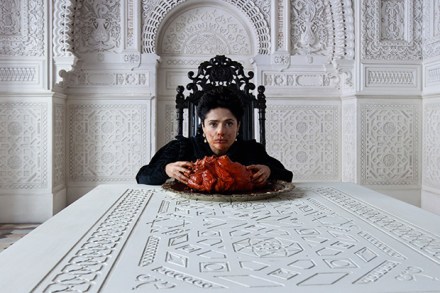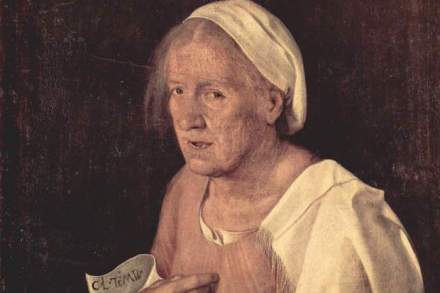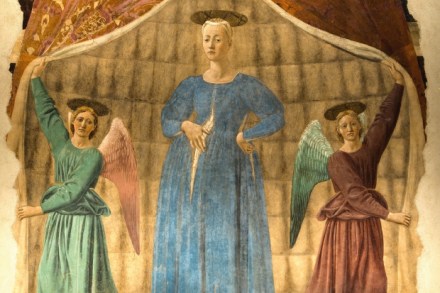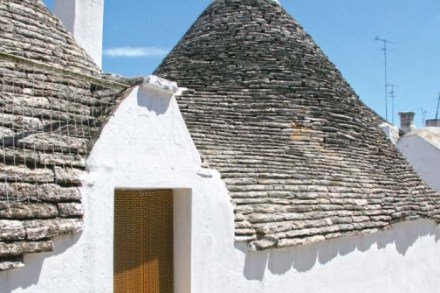Italian Notebook
Lido di Dante, Ravenna When the earthquake struck in the dead of night at 3.36 a.m. — the Devil’s Hour — I was in front of my computer in what used to be the cow shed. This is the only time of day when my six boisterous children and their high-voltage Italian mother are not around. The insects, attracted by the light, are worse at night but they can be killed if necessary. As for the toads (we have biblical numbers that emerge from the underworld at night via the open glass doors), I quite like them. Even though there are three on the coat of arms of the Devil


